Home>Interior Design>I’ve Designed 15 Living Rooms: These Are My Color Rules


Interior Design
I’ve Designed 15 Living Rooms: These Are My Color Rules
Modified: August 28, 2024
Looking for color rules for your interior design? Check out this article where an experienced designer shares the color rules she follows when designing living rooms.
(Many of the links in this article redirect to a specific reviewed product. Your purchase of these products through affiliate links helps to generate commission for Storables.com, at no extra cost. Learn more)
Introduction
When it comes to interior design, one of the key elements that can transform a space is color. The choice of colors can greatly impact the mood, atmosphere, and overall aesthetics of a room. As an experienced interior designer, I have had the opportunity to design numerous living rooms and have developed my own set of color rules that I follow to create beautiful and harmonious spaces.
In this article, I will share with you my top 15 color rules that I apply when designing living rooms. These rules are based on a combination of design principles, personal experience, and an understanding of the psychology of color. Whether you are looking to revamp your living room or are just curious about the world of interior design, these rules will provide you with valuable insights to help you achieve a well-balanced and visually stunning space.
So, let’s dive into the world of color and discover the secrets to creating captivating living rooms!
Key Takeaways:
- Embrace the power of color to create a visually stunning and harmonious living room that reflects your unique style and personality. Trust your intuition and have fun experimenting with different color combinations and design elements.
- Consider the purpose, mood, and size of your living room when selecting colors. Use color strategically to define zones, create focal points, and evoke emotions. Don’t be afraid to break the rules and let your creativity shine.
Read more: How To Add Color To Living Room
Rule 1: Consider the Purpose and Mood
The first rule when designing a living room is to consider the purpose and desired mood of the space. Take a moment to think about how you want the room to feel – do you want it to be cozy and intimate, or open and inviting? Will it be primarily used for entertaining guests or as a space for relaxation and unwinding?
Once you have determined the purpose and mood, you can begin to select colors that align with those intentions. For example, if you want to create a cozy and intimate atmosphere, warm and earthy tones like deep browns, warm grays, and rich burgundies can help achieve that feel. On the other hand, if you prefer a more vibrant and energetic ambiance, bold and energetic colors like bright yellow, turquoise, or red can be a great choice.
It’s important to note that the purpose and mood of the room should also be reflective of your personal style and taste. Don’t be afraid to incorporate colors that resonate with you and make you feel comfortable and happy.
In addition to considering the overall purpose and mood, it’s also essential to think about how the room will be used on a daily basis. If it’s a high-traffic area where kids and pets spend a lot of time, it may be wise to opt for colors that are forgiving and can hide stains or smudges. However, if it’s a formal or less frequently used space, you might have more freedom to play with lighter or more delicate colors.
By carefully considering the purpose and mood of the living room, you can lay the foundation for a successful color scheme that will enhance the overall ambiance of the space and make it a joy to spend time in.
Rule 2: Start with a Neutral Base
When it comes to selecting colors for your living room, it’s always a good idea to start with a neutral base. Neutral colors serve as a versatile and timeless backdrop that can easily accommodate different styles, themes, and accent colors.
Neutral colors include shades like white, beige, gray, and taupe. These tones create a clean and sophisticated look while allowing other elements in the room, such as furniture, artwork, or accessories, to stand out.
Starting with a neutral base provides you with a blank canvas to work with. It allows you to experiment with different accent colors and textures without overwhelming the space. Additionally, neutral colors have a calming effect and can make a room feel more spacious and airy.
When choosing a neutral color, consider the overall color palette you have in mind for the room. Warm neutrals, such as beige and warm grays, can create a cozy and inviting atmosphere, ideal for traditional or rustic styles. On the other hand, cool neutrals, like whites and cool grays, can give a modern and minimalist vibe to the space.
Remember, neutral doesn’t have to mean boring. You can add interest and depth to the room through various shades and textures of neutral colors. For example, pairing different shades of gray or layering different textures like linen, velvet, or leather can add visual interest to an otherwise monochromatic palette.
Starting with a neutral base also provides flexibility when it comes to changing the overall look and feel of the room in the future. If you ever decide to update the room or change your color scheme, it’s much easier to work with a neutral backdrop as it blends well with a wide range of colors and styles.
Incorporating a neutral base into your living room design not only allows for versatility but also creates a timeless and elegant appeal that will stand the test of time.
Rule 3: Choose a Color Scheme
Once you have established a neutral base for your living room, the next step is to choose a color scheme. A color scheme will guide the selection of accent colors and create a cohesive and harmonious look throughout the space.
There are several popular color schemes to consider, each with its own unique characteristics:
- Monochromatic: This color scheme involves selecting different shades and tones of a single color. For example, if you choose blue as your base color, you can incorporate lighter and darker shades of blue, creating a sophisticated and calming space.
- Analogous: An analogous color scheme involves selecting colors that are next to each other on the color wheel. For instance, you can combine shades of blue and green or yellow and orange, creating a harmonious and cohesive look with a subtle variation.
- Complementary: Complementary colors are found opposite each other on the color wheel. Pairing these colors creates a vibrant and dynamic contrast. For example, combining blue and orange or yellow and purple can make a bold statement in your living room.
- Triadic: Triadic color schemes involve selecting three colors that are equidistant from each other on the color wheel. This creates a balanced and visually appealing look. For instance, you can combine red, blue, and yellow, creating a lively and energetic atmosphere.
When choosing a color scheme, consider the mood and atmosphere you want to create in your living room. Cool colors like blues and greens have a calming effect, while warm colors like reds and yellows can create a more energetic and vibrant ambiance.
Another factor to consider is the size and layout of the room. Lighter colors can make a smaller space feel more spacious, while darker colors can add warmth and coziness to a larger room.
Remember to use the 60-30-10 rule when incorporating your color scheme. This means that 60% of the room should feature the dominant color (walls, flooring), 30% should be the secondary color (furniture, curtains), and 10% should be the accent color (accessories, artwork). This ratio creates a balanced and visually appealing composition.
By selecting a color scheme that aligns with your personal style and desired ambiance, you can create a cohesive and visually striking living room that reflects your unique taste and personality.
Rule 4: Use Contrasting Colors for Impact
When designing a living room, incorporating contrasting colors can be a powerful tool to create visual interest and impact within the space. Contrasting colors are colors that are opposite each other on the color wheel. By using contrasting colors, you can create a dynamic and vibrant atmosphere that immediately catches the eye.
Contrasting colors can be introduced through various elements in the room, such as furniture, accessories, artwork, or accent walls. For example, pairing blue with orange, or purple with yellow, creates a striking contrast that adds energy and excitement to the room.
When incorporating contrasting colors, it’s important to strike a balance and ensure that the contrast doesn’t become overwhelming. One way to achieve this is by using the 60-30-10 rule. Choose one color to be the dominant color, another color as the secondary color, and the third color as an accent. This creates a harmonious composition while still allowing the contrast to shine through.
Contrasting colors can also help highlight specific features or focal points in your living room. For example, you can use contrasting colors to draw attention to a fireplace, an architectural detail, or a piece of artwork.
In addition to using contrasting colors, you can also play with different shades and tones within the same color family to create a subtle contrast. For example, combining light and dark shades of blue or gray can add depth and dimension to the room without overpowering it.
Remember that contrasting colors can evoke different emotions and moods. For instance, pairing warm and cool colors can create a sense of balance and harmony, while pairing two bold and vibrant colors can create a sense of excitement and energy.
When using contrasting colors, consider the overall style and theme of your living room. For a modern and minimalist look, consider high-contrast pairings like black and white. For a more eclectic and bohemian vibe, you can experiment with bold color combinations like red and turquoise.
By using contrasting colors strategically, you can add visual impact, depth, and personality to your living room, making it a memorable and visually stunning space.
Read more: How To Fix E2 Error In A Washing Machine
Rule 5: Experiment with Different Shades and Tones
When it comes to designing a captivating living room, don’t be afraid to experiment with different shades and tones of colors. While having a color scheme is important for creating a cohesive look, incorporating variations of shades and tones within that scheme can add depth and visual interest to the space.
Shades and tones refer to the lightness or darkness of a color. This can range from very light or pale shades to deep and dark tones. By incorporating different shades and tones of the same color or within the same color family, you can create a layered and multidimensional effect in your living room.
For example, if your color scheme includes shades of blue, you can incorporate lighter shades like sky blue or powder blue for a fresh and airy feel, and deeper tones like navy blue or indigo for a more dramatic and sophisticated look. This creates a sense of balance and makes the room visually interesting.
Experimenting with shades and tones also allows you to create contrast and emphasize specific elements in the room. Lighter shades can make a wall or furniture piece appear more spacious and airy, while darker tones can add a sense of coziness and depth.
In addition to incorporating different shades and tones within the same color, you can also experiment with complementary colors. For example, if your color scheme is based on warm earthy tones like browns and beiges, you can introduce pops of color like vibrant oranges or deep reds to create a focal point or add visual interest.
Another approach is to use gradient effects, where you transition from one shade to another gradually. This can be achieved through the use of ombre wallpapers, textured paint techniques, or even through the arrangement of accessories and textiles.
Remember to consider the overall lighting in the room when experimenting with shades and tones. Natural light can affect how colors appear, so be mindful of how lighting changes throughout the day. Similarly, artificial lighting choices, such as warm or cool bulbs, can also have an impact on the perception of colors in the room.
By incorporating different shades and tones, you can add depth, dimension, and visual interest to your living room, creating a space that is visually captivating and inviting.
Rule 6: Pay Attention to Natural Light
When designing your living room, paying attention to natural light is essential in creating the right ambiance and enhancing the colors in the space. Natural light can greatly influence how colors appear, making it crucial to consider the direction and intensity of light in your room.
Start by assessing the orientation of your living room. Rooms facing north tend to receive cooler, indirect light, while those facing south receive warmer, direct light. East-facing rooms receive bright morning light, while west-facing rooms are bathed in warm afternoon light.
Consider the impact of natural light on your chosen color scheme. Cooler tones like blues and greens can appear more subdued in rooms with minimal natural light, whereas warm colors like yellows and oranges can appear more vibrant and intense. If your living room lacks natural light, you may want to opt for lighter and brighter colors to compensate.
It’s also important to understand how natural light changes throughout the day. Note the times when your living room receives the most light and when it is in shade. This will help you understand how the color scheme will look under different lighting conditions.
Window treatments can play a crucial role in managing natural light. Sheer curtains or blinds can allow ample light to enter the room while providing a soft and filtered effect. Thicker curtains or blinds can be used to control and diffuse light if necessary.
Another consideration is the use of reflective surfaces to maximize natural light. Mirrors and glass surfaces can help bounce light around the room and make the space appear brighter and more spacious. Strategically placing these reflective surfaces can help optimize the natural light in your living room.
Lastly, don’t forget to evaluate the impact of natural light on your furniture and decor. Some materials and fabrics can fade or discolor when exposed to direct sunlight for prolonged periods. Consider using UV-protective window films or rotating your furniture periodically to minimize these effects.
Paying attention to natural light and its interaction with colors in your living room will allow you to create a space that feels brighter, more inviting, and harmonious. By understanding how light affects your color scheme, you can make informed decisions that optimize the visual impact of your design.
Rule 7: Consider the Size of the Room
When designing your living room, it’s crucial to consider the size of the space. The size of the room can greatly influence the choice of colors and how they are incorporated into the design.
In smaller living rooms, lighter and brighter colors tend to work well as they create an illusion of a larger space. Lighter shades like whites, pastels, and soft neutrals can make the room feel more open and airy. Avoid using dark and heavy colors as they can make the room appear smaller and more cramped.
Another strategy for small living rooms is to incorporate a monochromatic color scheme. By using different shades and tones of a single color, you can create a sense of depth and visual interest without overwhelming the space. Additionally, incorporating mirrors and glass surfaces can help reflect light and give the illusion of a larger area.
In contrast, larger living rooms can handle bolder and darker colors. Deep and rich tones can add a sense of coziness and intimacy to a spacious room. Additionally, darker colors can make a large room feel more balanced and less cavernous. Consider using accent walls or large furniture pieces in these darker tones to anchor the space.
It’s important to strike a balance in terms of color saturation as well. Intense and highly saturated colors can overwhelm a small room, while pastels or muted tones can get lost in a large space. Aim for colors that are vibrant enough to make an impact but not overpowering.
In addition to color, consider the scale of furniture and accessories. In a small living room, opt for furniture with visually lighter profiles and avoid oversized pieces that can make the room look crowded. In a larger living room, more substantial furniture can help fill the space and create a sense of proportion.
Lastly, remember that the size of the room can affect the visual perception of color. Colors may appear more intense or subdued depending on the proportions of the space. Consider testing paint samples or swatches in different areas of the room to see how they look under varying lighting conditions and in different parts of the space.
By considering the size of your living room, you can make informed decisions about color selection, furniture placement, and overall design to create a balanced and visually pleasing space.
Rule 8: Use Color to Define Different Zones
Color can be a powerful tool in interior design, not only to create a cohesive look but also to define different zones within your living room. By using color strategically, you can visually separate areas and create distinct zones for different functions or purposes.
One way to define zones using color is through the use of accent walls. Choose a bold or contrasting color for a specific wall that anchors a particular zone. For example, you can paint the wall behind your TV or entertainment center with a deep gray or navy blue to create a focal point for your media area. Similarly, you can use a lighter shade or a pop of color on a wall to designate a reading nook or a study area.
In addition to accent walls, you can also use color to delineate areas through rugs, furniture, and accessories. For instance, using a different color rug in the seating area can help define that space as separate from the dining area or workspace. Similarly, coordinating the color of furniture pieces or adding pops of color through cushions, curtains, or artwork can visually enhance different zones within the room.
Consider using a consistent color palette throughout the living room design, but play with variations of those colors to create different zones. For example, if you have a neutral color scheme throughout the room, you can use different shades or textures of those neutrals to define specific areas. This approach ensures a cohesive overall look while still allowing each zone to have its unique character.
If you have an open-concept living room that flows into other spaces, using color can help create a sense of boundaries. Choose a specific color or color scheme that is distinct from the adjoining spaces to visually define the living room area. This can be achieved through accent walls, different furniture upholstery, or even different lighting fixtures.
By using color strategically to define different zones, you can create a well-organized and visually appealing living room. Each zone will have a distinct purpose and atmosphere while still harmonizing with the overall design of the space.
When designing a living room, stick to a maximum of 3 main colors to create a cohesive and balanced look. Use a dominant color for the walls and larger furniture, a secondary color for accents, and a third color for small details and accessories.
Rule 9: Balance Bold and Subtle Colors
When designing your living room, finding the right balance between bold and subtle colors is key to creating a visually pleasing and harmonious space. Bold colors can add energy and make a statement, while subtle colors create a sense of calm and sophistication. By strategically incorporating both types of colors, you can achieve a balanced and well-rounded design.
Start with a neutral base, as mentioned earlier, and then introduce bold colors as accents or focal points. This could be through a statement piece of furniture, a vibrant accent wall, or eye-catching artwork. Bold colors can inject personality and visual interest into the room, but be careful not to overdo it. Too many bold colors can create a chaotic and overwhelming look.
Subtle colors, on the other hand, can provide a soothing and timeless backdrop for the bolder elements in the room. Soft pastels, muted tones, and gentle neutrals can create a calm and inviting atmosphere. Use subtle colors for larger surfaces like walls and larger furniture pieces to establish a sense of balance.
Another approach is to use a muted or toned-down version of a bold color to create a more subdued and sophisticated look. For example, if you love the energy of a vibrant red, consider using a deeper shade of burgundy or a muted terracotta to add richness and depth without overwhelming the space.
When balancing bold and subtle colors, consider the proportion and distribution of each. Aim for a 75-25 or 80-20 ratio, where the dominant color scheme consists of subtler shades and the bolder colors are used as accents. This will create a harmonious look and prevent any one color from dominating the entire room.
Additionally, consider the impact of lighting on bold and subtle colors. Bold and vibrant colors tend to perform better in well-lit spaces, while subtle colors can create a cozy and intimate feel in dimmer lighting. Take into account the natural and artificial lighting in the room to ensure that the colors appear as intended.
Remember that your personal preferences and the overall style of the room should guide your color choices. Balance bold and subtle colors based on your own taste, the mood you want to create, and the existing elements in the room.
By striking the right balance between bold and subtle colors, you can create a living room design that is visually dynamic, inviting, and well-calibrated.
Rule 10: Incorporate Color through Furniture and Accessories
One of the most effective ways to infuse color into your living room is by incorporating it through furniture and accessories. This allows for flexibility and creativity in adding pops of color or establishing a cohesive color scheme throughout the space.
Start by selecting furniture pieces in colors that complement or accentuate your chosen color scheme. This could be a bold sofa in a vibrant hue, or chairs and ottomans in contrasting colors to create a focal point. Furniture can serve as statement pieces that add personality and visual interest to the room.
If you prefer a more neutral color on larger furniture pieces, you can still introduce color through smaller accessories and accents. Cushions, throw blankets, and rugs in vibrant colors can instantly liven up a space and provide a sense of coziness. Play with different textures and patterns to further enhance the visual appeal.
Another way to incorporate color is through artwork and decorative accessories. Hang colorful paintings or prints on the walls to create a focal point and tie in with the color palette of the room. Vases, lamps, and other decorative objects in eye-catching hues can add depth and character to shelves and tables.
Consider using a color wheel as a guide when selecting complementary or harmonious colors for your furniture and accessories. Analogous colors, which are next to each other on the color wheel, create a harmonious and cohesive look. Complementary colors, which are opposite each other, can create a striking and dynamic contrast.
Don’t be afraid to mix and match different colors, patterns, and textures in your furniture and accessories. Embrace your personal style and experiment with combinations that reflect your taste and create a space that feels unique and inviting.
Remember that using color through furniture and accessories allows for flexibility and easy updates. If you ever want to refresh the look of your living room, you can simply change out cushions, add new artwork, or swap out smaller accent furniture pieces in different colors.
By incorporating color through furniture and accessories, you can infuse your living room with personality, vibrancy, and create a space that is visually captivating and inviting.
Rule 11: Create Focal Points with Color
Color can be a powerful tool in directing attention and creating focal points in your living room design. By strategically using color, you can draw the eye to specific areas or elements in the room that you want to highlight or make a statement.
One way to create a focal point with color is through an accent wall. Choose a bold and vibrant color that contrasts with the rest of the walls in the room. This instantly creates a focal point and serves as a backdrop for a specific area or feature. You can highlight a fireplace, a piece of artwork, or even a bookshelf with an accent wall in a striking color.
Another way to create a focal point with color is through furniture. Choose a statement piece in a bold color that stands out and becomes the centerpiece of the room. This could be a brightly colored sofa, a vibrant armchair, or a bold dining table. By surrounding this standout piece with complementary or subtle colors, you can make it the focal point of the room and anchor the overall design.
Incorporating color through artwork and accessories is yet another effective way to create focal points. Hang a large, vibrant painting on a neutral wall to instantly draw attention. Use colorful rugs, cushions, or curtains to add pops of color to specific areas and create visual interest. By strategically placing these colorful elements, you can guide the eye and emphasize certain parts of the room.
Consider the principles of color psychology when creating focal points. Colors like red, orange, and yellow are attention-grabbing and can create a sense of energy and excitement. On the other hand, blues and greens evoke calmness and relaxation. Use these colors strategically to create focal points that align with the mood and atmosphere you want to create in your living room.
Remember that creating focal points with color doesn’t mean every element in the room has to be bold and vibrant. In fact, by using color strategically, you can achieve a sense of balance and harmony. Letting the focal points shine while surrounding them with complementary or neutral colors ensures that the overall design remains cohesive and visually appealing.
By creating focal points with color, you can guide the eye, add visual interest, and create a sense of drama and impact in your living room design.
Rule 12: Think about the Psychology of Color
When designing your living room, it’s important to consider the psychology of color and how different colors can influence the mood and atmosphere of the space. Colors have the power to evoke specific emotions and can greatly impact the overall feel of a room.
Here are some commonly associated emotions and moods with different colors:
- Red: Red is a bold and energetic color that stimulates the senses. It can evoke feelings of passion, excitement, and warmth. It’s a great choice for creating a focal point or adding a sense of drama to the room.
- Blue: Blue is known for its calming and serene qualities. Lighter shades of blue can create a sense of tranquility and relaxation, while deeper shades can add a touch of sophistication and depth.
- Yellow: Yellow is associated with happiness, optimism, and warmth. It can bring a sense of energy and positivity to a room. However, be cautious with bright yellows, as they can be overwhelming in large quantities.
- Green: Green is often associated with nature, renewal, and harmony. It brings a sense of balance and freshness to a space. Lighter shades of green can create a calming effect, while darker greens can add richness and depth.
- Purple: Purple is a color that is often linked to creativity, luxury, and spirituality. It can add a sense of mystery and sophistication to a room. Lighter shades of purple, such as lavender, can have a soothing effect.
- Orange: Orange is a warm and vibrant color that exudes enthusiasm and energy. It can create a sense of warmth and coziness in a room. However, like yellow, too much bright orange can be overwhelming, so it’s best to use it sparingly.
- Neutral Colors: Neutral colors like white, beige, gray, and taupe tend to create a sense of calmness and versatility. They provide a timeless backdrop that can be easily paired with other colors and design elements.
When selecting colors for your living room, think about the mood and atmosphere you want to create. Consider the activities that will take place in the space and how you want people to feel when they enter the room.
It’s important to note that personal preferences play a significant role in color choices. While there are general associations with colors, individual experiences and cultural context can also influence how colors are perceived.
By understanding the psychology of color, you can choose colors that align with your desired mood and create a living room that evokes the emotions you want to experience in that space.
Rule 13: Don’t Be Afraid to Break the Rules
While following design guidelines and rules can be helpful, it’s equally important to remember that creativity knows no bounds. Don’t be afraid to break the rules and let your personal style and intuition guide you when designing your living room.
Interior design is an art form, and like any form of art, it’s subjective and open to interpretation. What works for one person may not work for another. It’s essential to create a space that reflects your unique personality and makes you feel comfortable and inspired.
If you have a vision or a particular color combination that you love, go for it! Trust your instincts and experiment with different colors and design elements. Take risks and be bold in expressing your individuality. After all, rules are meant to be broken.
Interior design is about pushing boundaries and creating something new and refreshing. Don’t feel restricted by conventional color schemes or trends. Instead, embrace your creativity and use color in unexpected ways.
For instance, consider mixing different styles and colors together. Combining traditional and modern elements can create an eclectic and exciting look. Incorporate unique and meaningful pieces that bring joy and tell a story. It’s the unexpected combinations and personal touches that make a space truly one-of-a-kind.
By breaking the rules, you have the opportunity to make a statement and create a living room that is a true reflection of your personality and style. Don’t be afraid to think outside the box and let your creativity soar.
However, it’s important to strike a balance. While breaking the rules can lead to exciting designs, be mindful of creating a harmonious and cohesive overall look. Consider the proportion, balance, and flow of the space to ensure that it remains visually appealing and functional.
Ultimately, your living room should be a space that brings you joy and makes you happy. Trust your instincts, take risks, and break the rules to create a living room that is truly YOURS.
Rule 14: Experiment and Have Fun
Designing your living room should be an enjoyable and creative process. Rule number 14 is all about embracing experimentation and having fun with your color choices and design decisions.
Think of your living room as your personal canvas, where you can explore different color combinations, textures, and styles. Don’t be afraid to push boundaries and step out of your comfort zone. Take risks and be open to trying new things.
Experimentation is the key to discovering your own unique design style. Play with different color palettes and combinations. Try out bold and unexpected color choices. Mix and match patterns, textures, and materials. You might be surprised by the stunning results you can achieve.
Don’t limit yourself to just one design style. Feel free to blend different aesthetics together. Combine modern elements with vintage pieces or incorporate eclectic touches into a more traditional setting.
Remember, trends come and go, but your personal style is timeless. Use color to express your individuality and create a living room that truly reflects who you are.
Having fun is an essential part of the design process. Enjoy the journey of transforming your living room into a space that brings you joy and inspiration. Break free from conventional norms and let your imagination run wild.
Take inspiration from various sources such as magazines, websites, nature, or even your favorite artwork. Use these inspirations as a starting point to create something truly unique. Trust your intuition and let your creative instincts guide you.
It’s also important to remember that design is an ongoing process. Don’t be afraid to make changes and evolve the look of your living room over time. Your tastes and preferences may change, and that’s perfectly fine. Allow yourself the freedom to adapt and grow with your space.
Most importantly, have patience and enjoy the process. Designing a living room takes time, and it’s not about achieving perfection, but rather creating a space that brings you happiness and comfort.
So, let go of any fear or hesitation, and embrace the excitement of experimenting and having fun with your living room design. It’s your chance to infuse your unique style and personality into the space, creating a living room that is truly one-of-a-kind.
Rule 15: Trust Your Intuition
Throughout the design process of your living room, it’s crucial to trust your intuition. Rule number 15 is a reminder to listen to your inner voice and follow your instincts when it comes to color and design choices.
While there are guidelines and expert advice available, ultimately, you are the one who knows your preferences, style, and what makes you feel happy and comfortable in your own space.
There may be times when you are bombarded with conflicting opinions or overwhelmed by the vast array of color options. In these moments, it’s important to take a step back, trust your gut, and make decisions based on what feels right to you.
Your intuition is a powerful tool that can guide you in selecting colors and design elements that resonate with your personality and lifestyle. It’s about creating a space that reflects who you are and brings you joy.
When faced with choices, ask yourself how a particular color or design element makes you feel. Does it evoke positive emotions? Does it align with the atmosphere you want to create in your living room?
Don’t worry about following every design trend or adhering to conventional color rules. Your living room is a canvas for your self-expression, and what matters most is that it reflects your individuality and makes you feel truly at home.
Trust that you have the ability to make the right choices for your living room. Remember, there are no right or wrong answers in design. It’s about creating a space that feels authentic and true to you.
As you trust your intuition, also be open to learning and growing in your design journey. Take inspiration from various sources, explore new ideas, and don’t be afraid to make changes along the way.
By trusting your intuition, you’ll create a living room that is a reflection of your unique style and tastes. It will be a space where you feel comfortable, inspired, and truly at home.
So, as you embark on your living room design, stay true to yourself, trust your intuition, and let your personal style shine through.
Conclusion
Designing your living room with color is an exciting and creative process. By following these 15 color rules, you can create a space that is visually stunning, harmonious, and reflective of your unique style and preferences.
From considering the purpose and mood of the room to breaking the rules and trusting your intuition, each rule provides valuable insights into how color can transform your living room.
Start by considering the purpose and desired mood of the room, and choose a color scheme that aligns with your intentions. Establish a neutral base and then incorporate contrasting colors for impact. Experiment with different shades and tones to add depth and interest.
Pay attention to natural light, considering its direction and intensity. Think about the size of the room, using color to create an illusion of space or to add warmth and coziness.
Use color strategically to define different zones, create focal points, and evoke emotions. Consider the psychology of color and how different colors can influence the mood and atmosphere of the room.
Don’t be afraid to break the rules and let your creativity guide you. Experiment with different combinations of colors, patterns, and styles. Have fun throughout the design process and trust your intuition.
Remember, your living room should be a space that brings you joy and reflects your personality. Let color be your tool for self-expression and creating a space that is uniquely yours.
As you embark on your living room design journey, embrace the power of color, and create a space that is beautiful, inviting, and a true reflection of your individuality. Happy designing!
Frequently Asked Questions about I’ve Designed 15 Living Rooms: These Are My Color Rules
Was this page helpful?
At Storables.com, we guarantee accurate and reliable information. Our content, validated by Expert Board Contributors, is crafted following stringent Editorial Policies. We're committed to providing you with well-researched, expert-backed insights for all your informational needs.
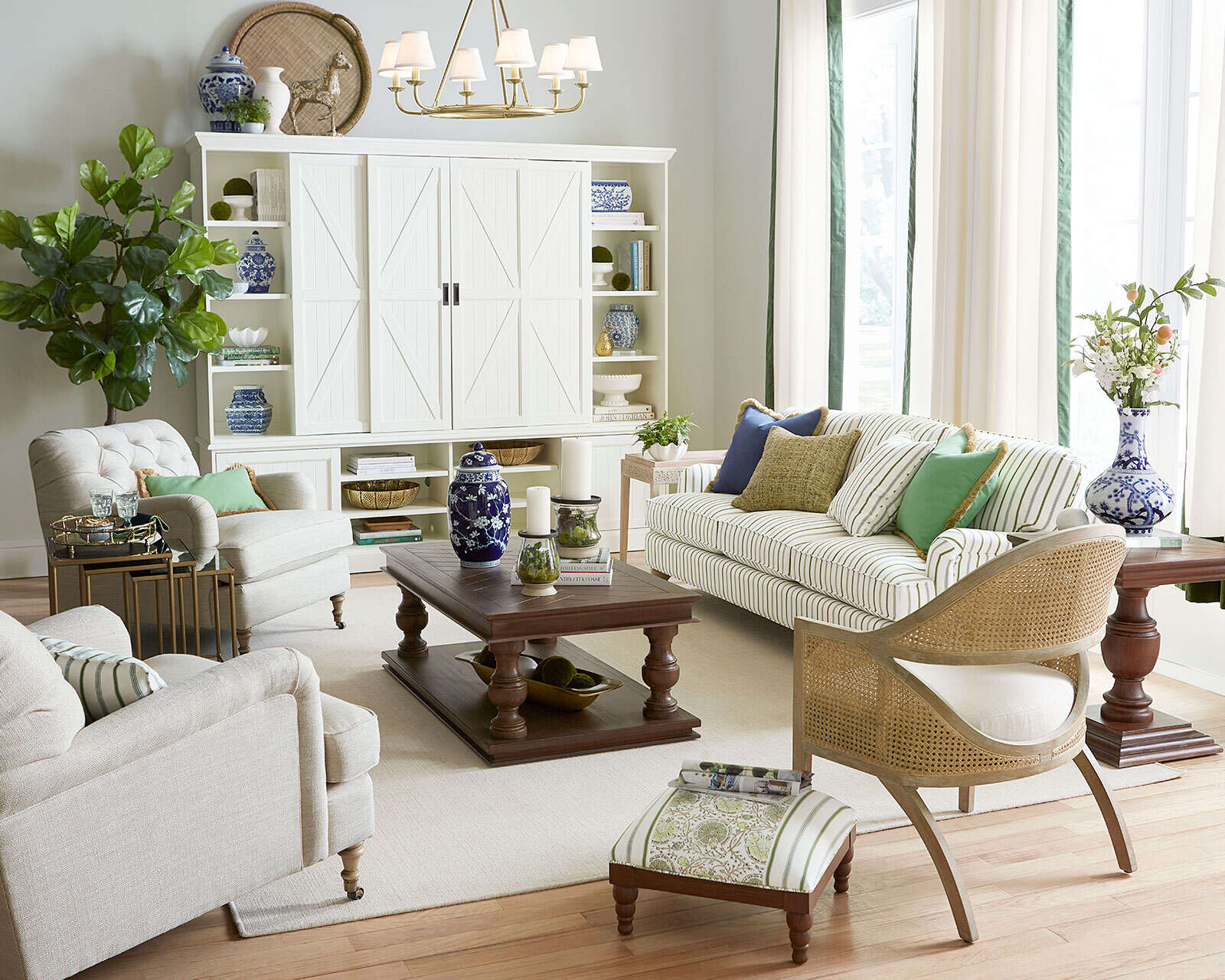

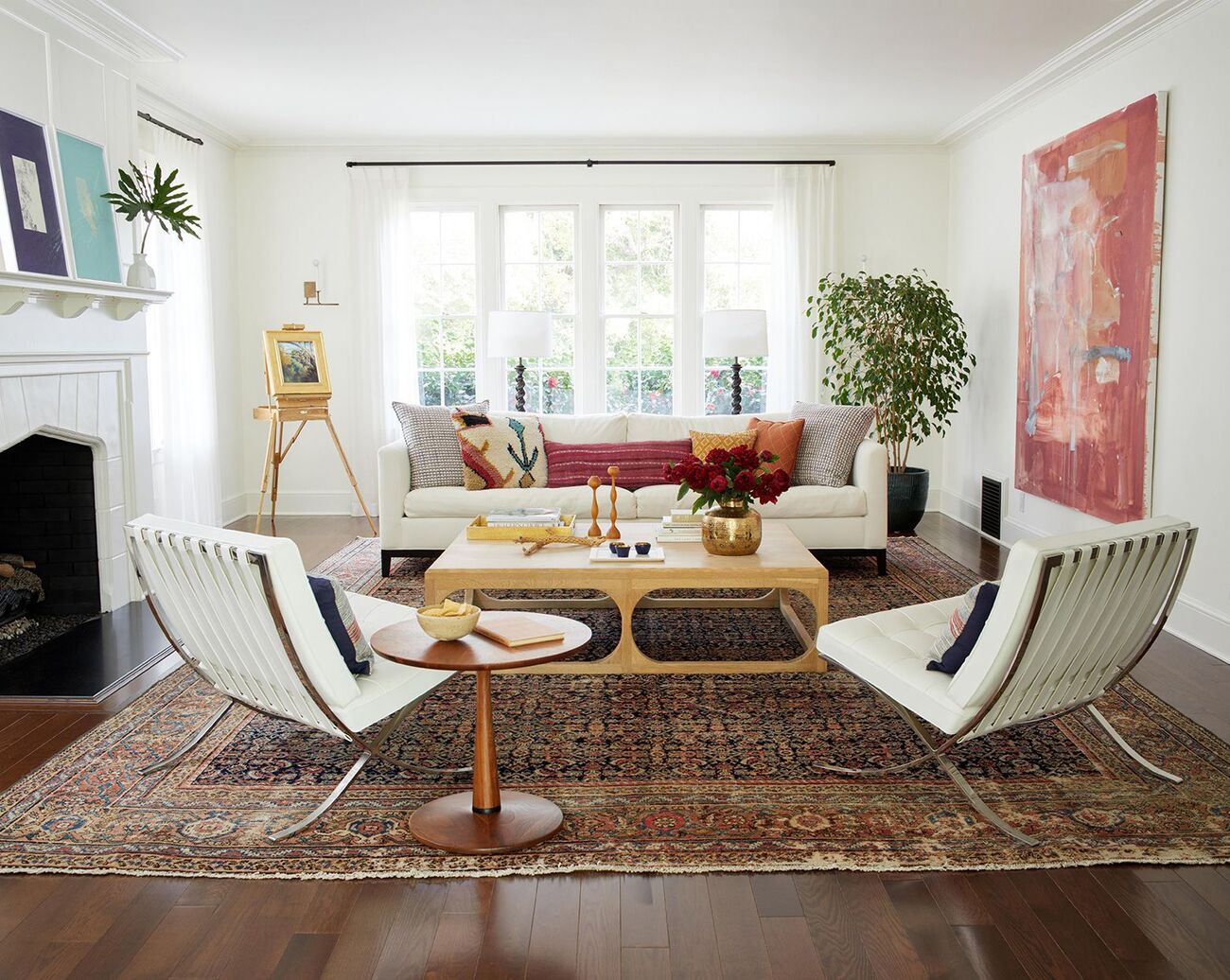
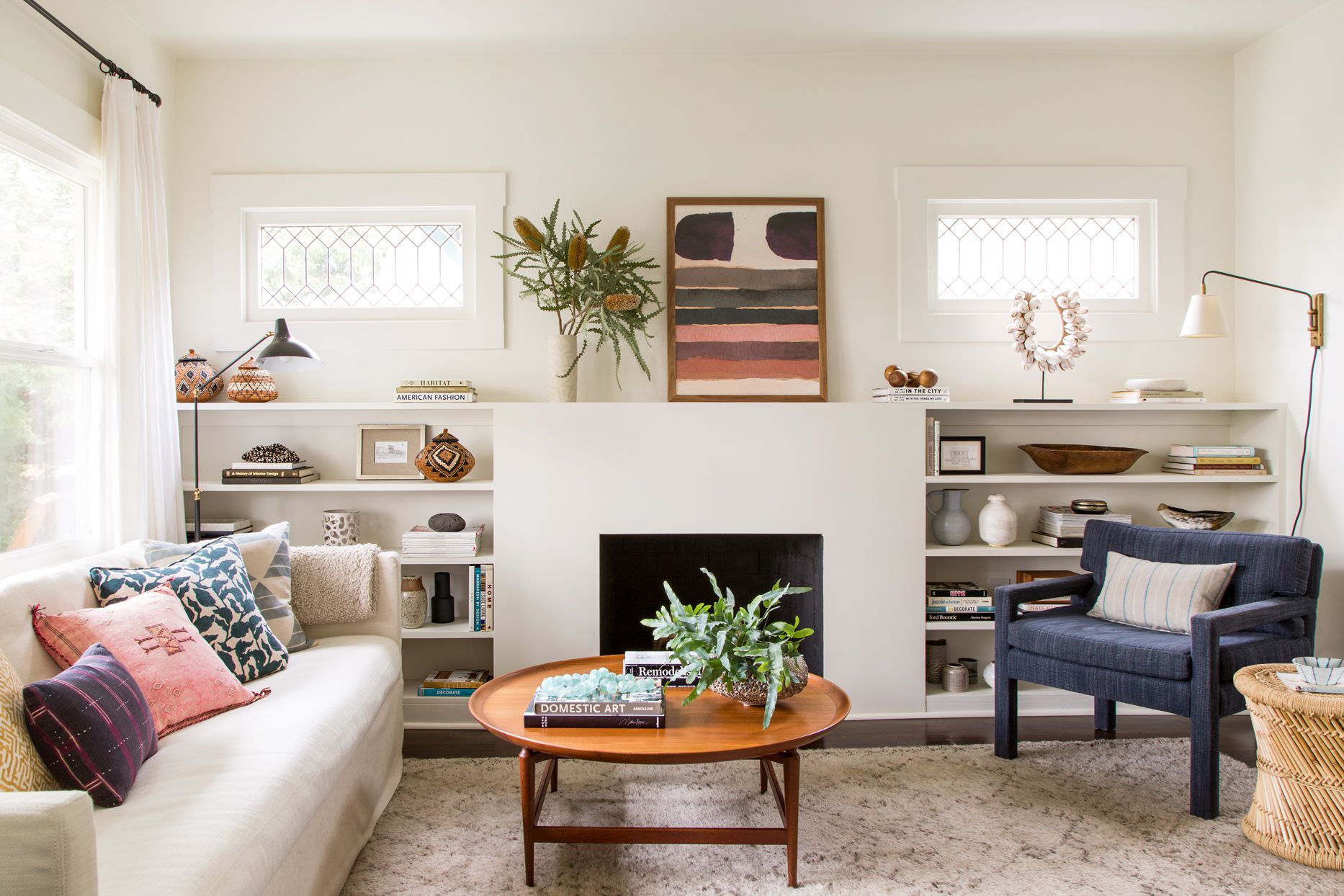
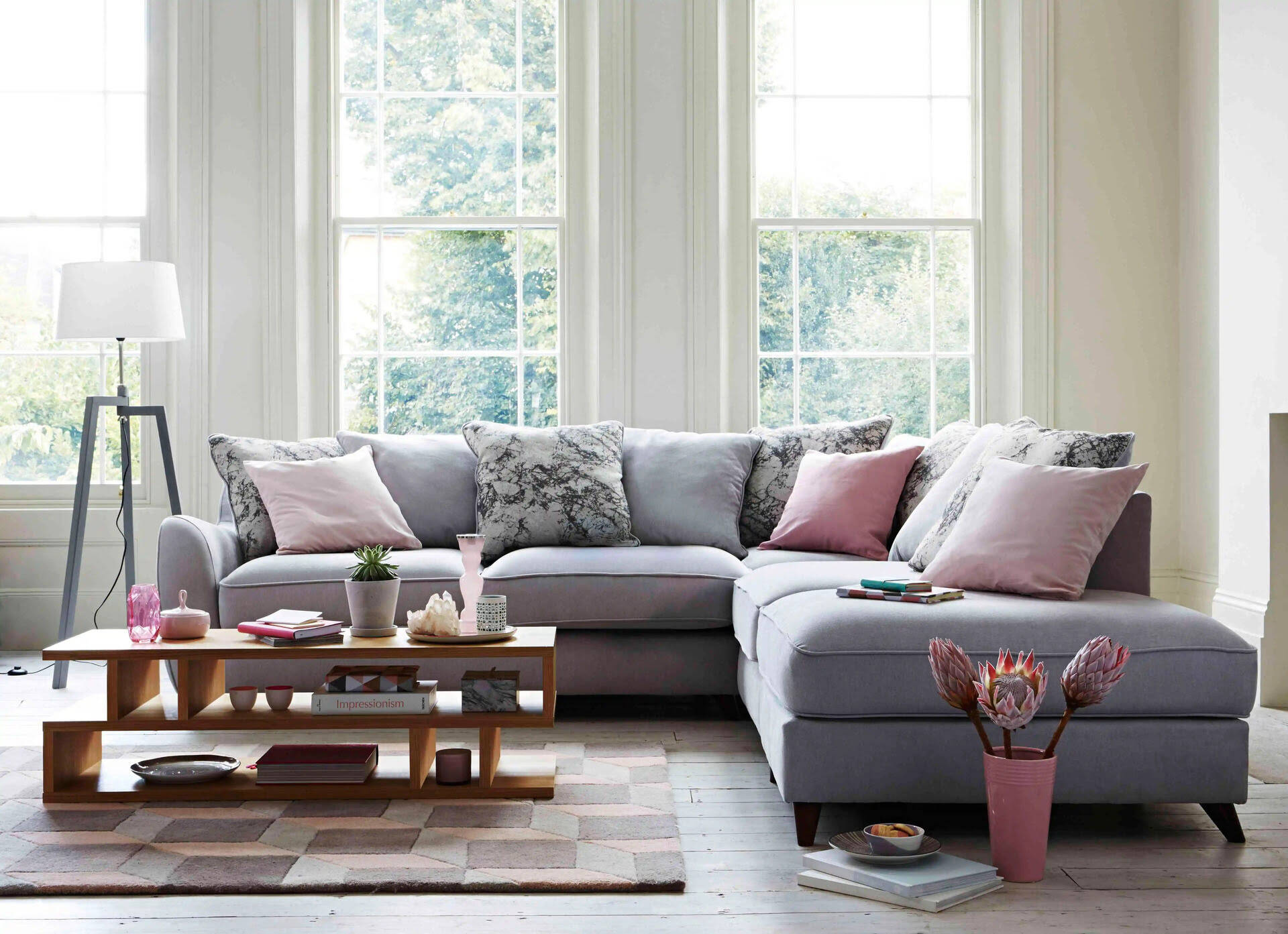
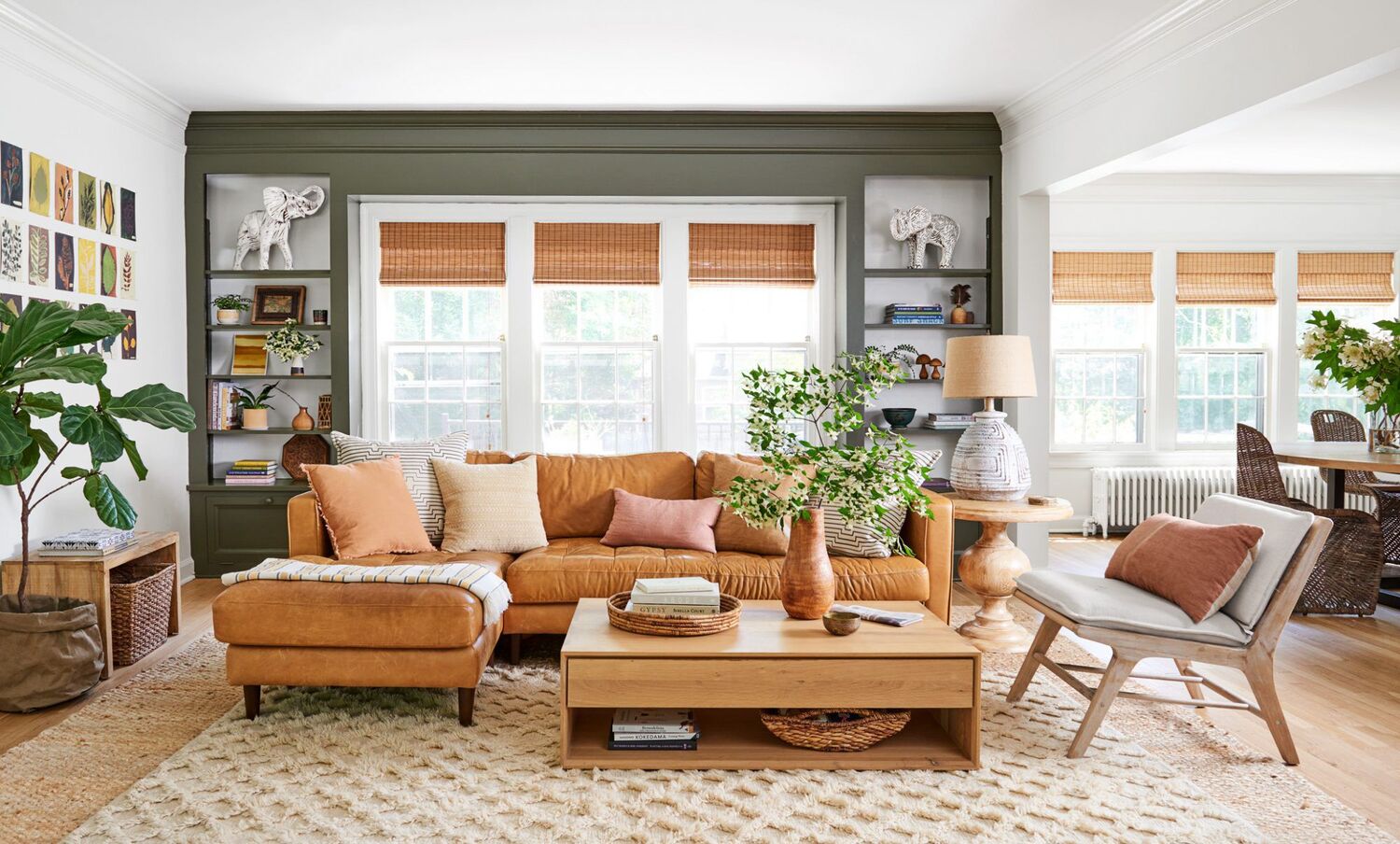
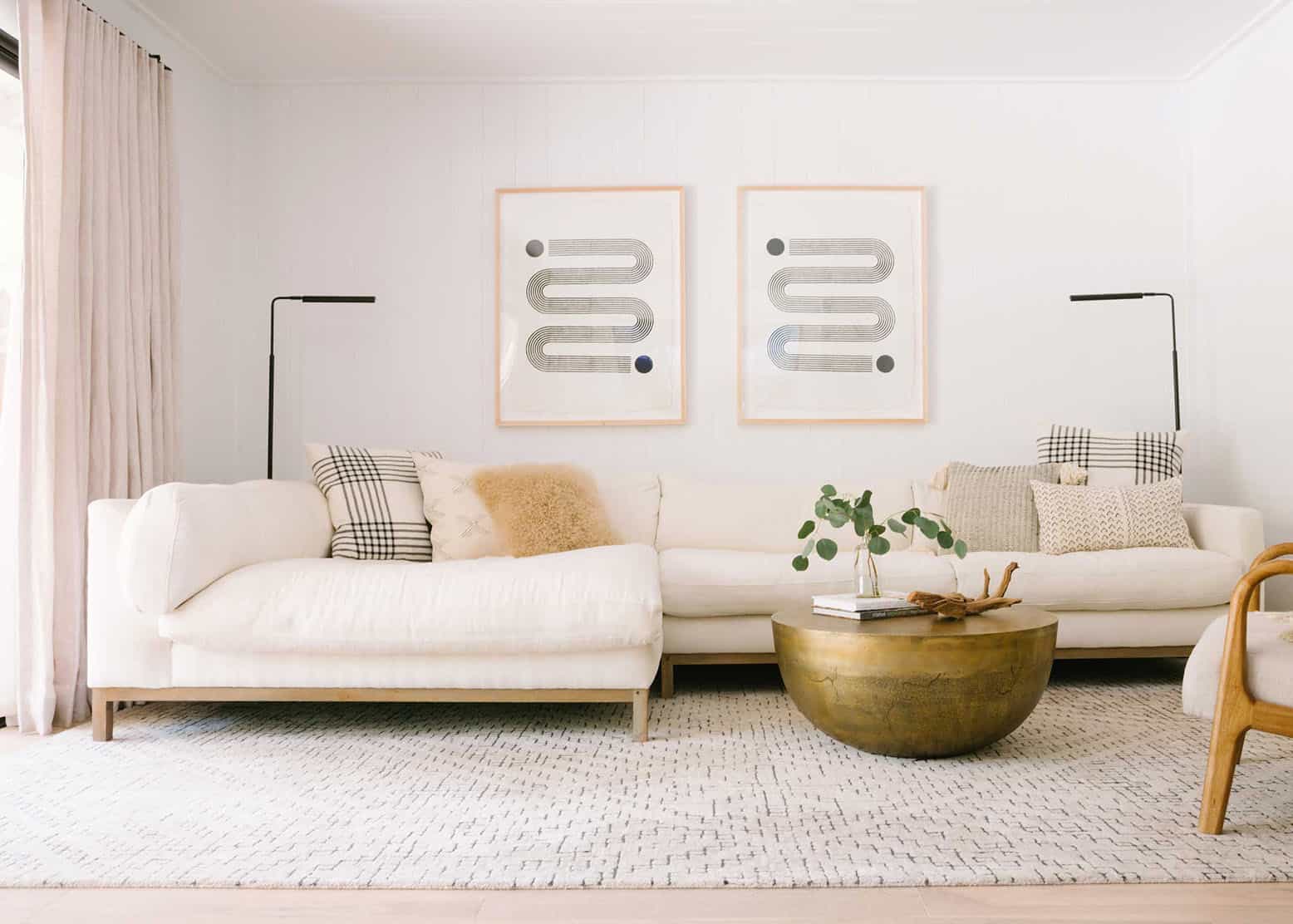


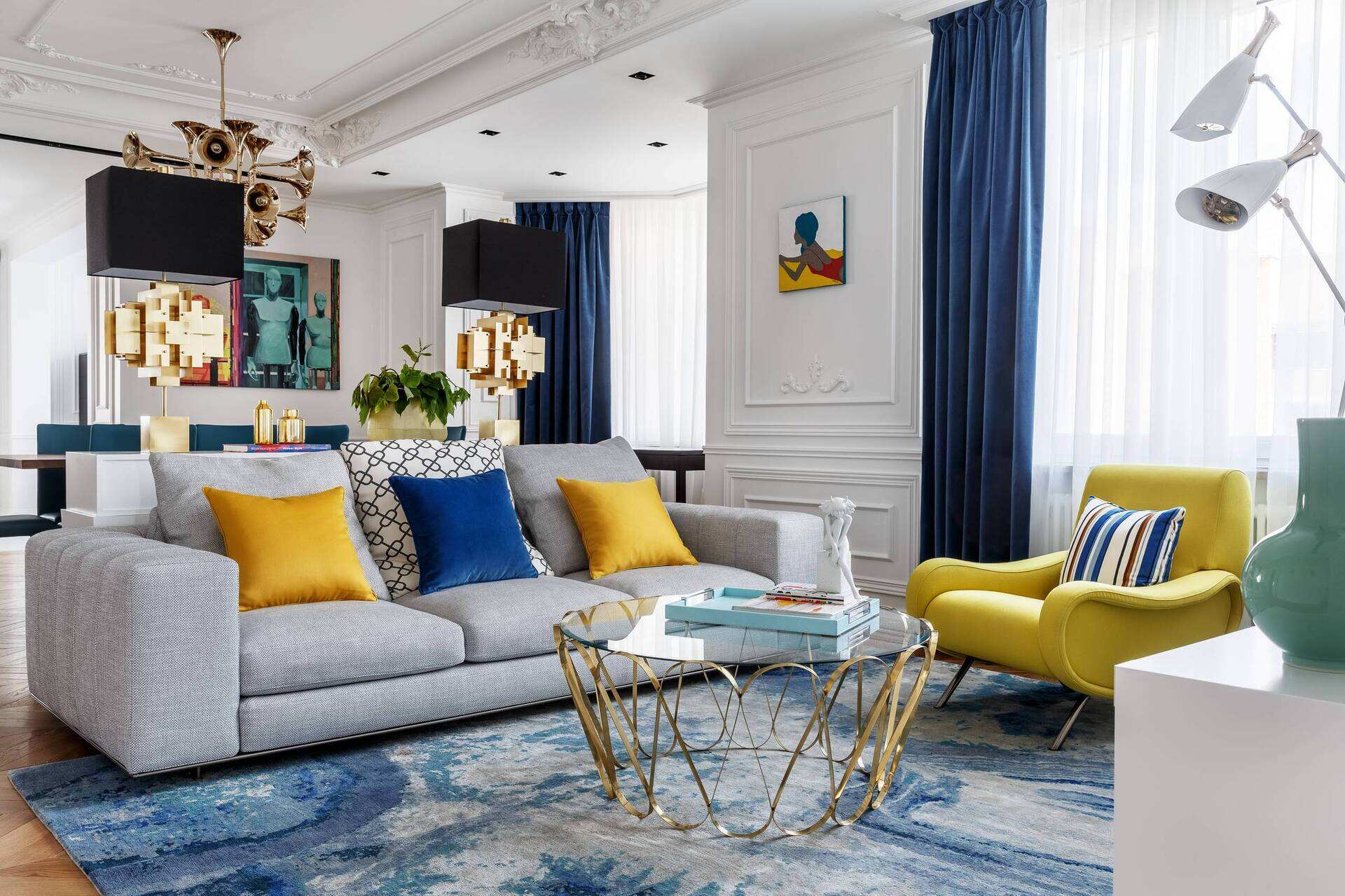
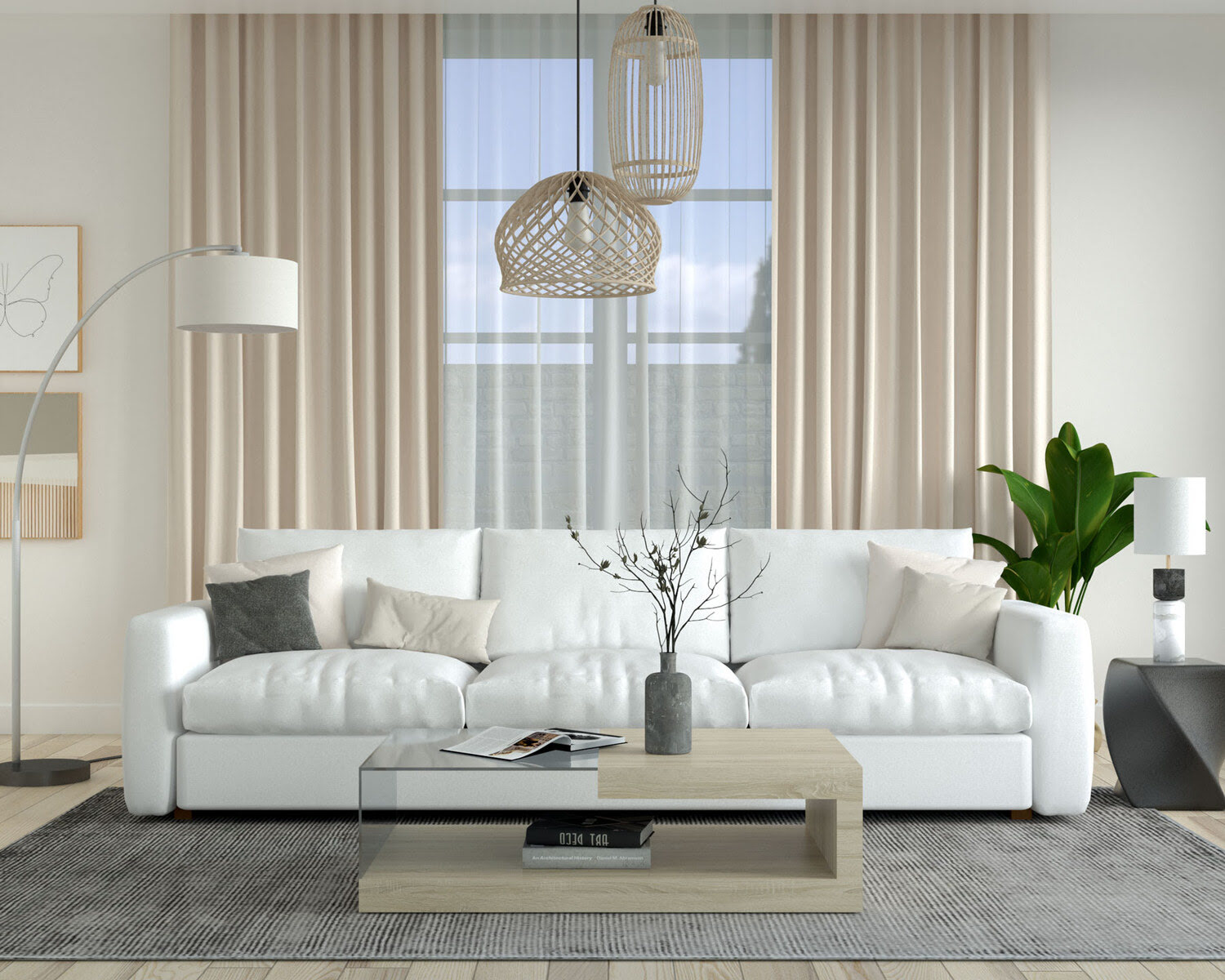
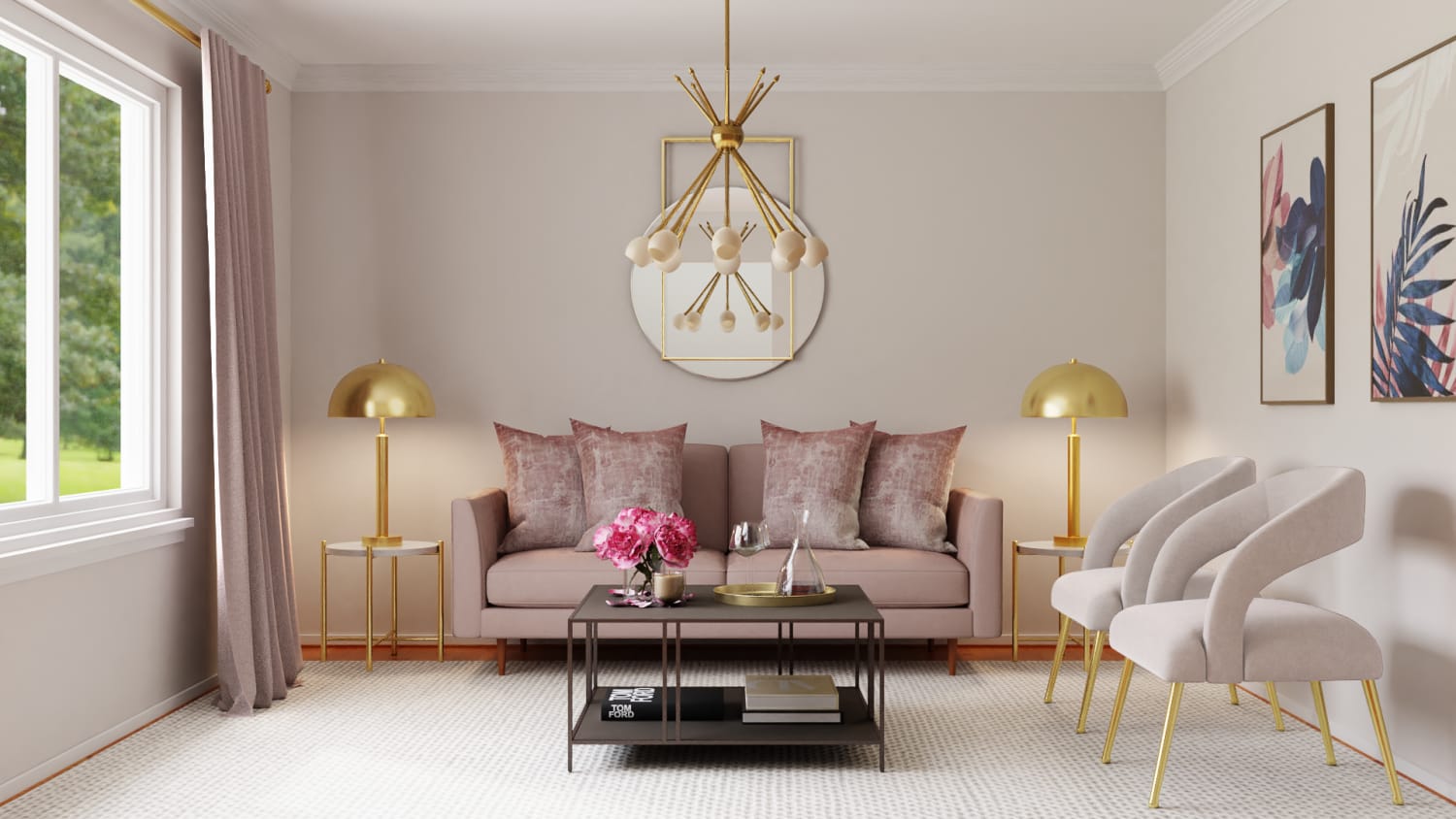

0 thoughts on “I’ve Designed 15 Living Rooms: These Are My Color Rules”